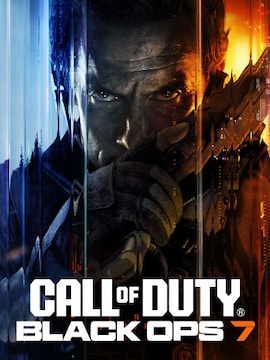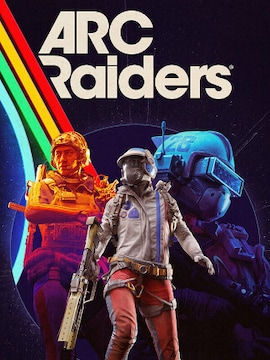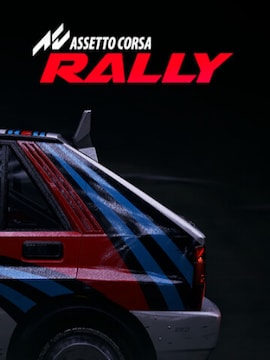How is a game made? Do developers just piece it together from ready-made assets and launch it straight to the market? Not even close! Most games begin with something called a game prototype, and then go through a series of testing builds — work-in-progress versions used to test different aspects of the game.
How does it all work? And why do developers go through all this in the first place? Read on to find out!
What Is A Prototype In Game Dev?
A game prototype is the simplest possible version of a game — often super rough, with basic graphics (or none at all), no fancy sound effects, and usually no detailed story yet. The goal is to quickly test if an idea works and whether it has the potential to grow into a full game.
Think of it like building a cardboard model before constructing an actual piece of furniture or a garden shed. At that stage, you’re not worrying about paint colours or what tools you’ll keep inside — it’s all about checking if the structure makes sense.
If that part doesn’t work, no amount of graphics or sound design can save it.
What Is A Testing Build?
Once the prototype shows promise, the real development begins. Developers start expanding it — adding new elements, tweaking the rules, fixing bugs, and building out the world. Throughout this process, they create different builds of the game — versions made specifically for testing.
Here are a few common types:
- Internal builds – tested only by the dev team to see if new additions break anything.
- Alpha builds – early versions shared with a closed group of testers to get first impressions.
- Beta builds – more polished versions, often made public to gather broader feedback before launch.
Each build may include new features, rebalanced systems, or bug fixes — and the goal is always the same: find out what works, what doesn’t, and what still needs polish.
Prototype Meaning In Games
Why all this effort? Because game development is a lot of trial and error. Just because something sounds great on paper doesn’t mean it plays well. A mechanic that seems cool might turn out boring, frustrating, or just not fun — and it’s way better to discover that early on than at the end of production.
Prototypes and testing builds let developers quickly try different options, gauge whether the game has potential, and catch technical issues before they become major problems.
So What’s The Big Deal?
Prototypes and builds are like a developer’s workshop — a place to saw, sand, assemble, and sometimes take apart ideas before crafting the final product. Thanks to this process, the games that eventually land on our screens feel polished, fun, and worth our time. It’s not magic — it’s progression. And without it, we wouldn’t have half the games we love today.




